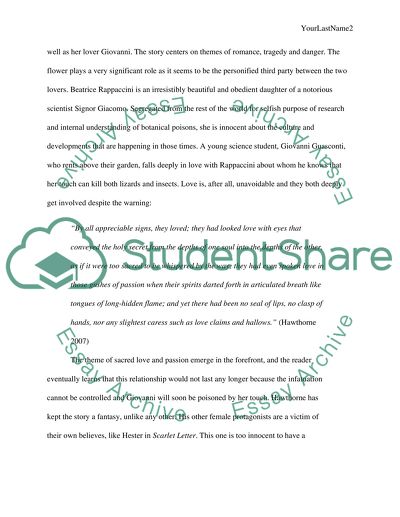Cite this document
(“Parallels between the life of Nathanial Hawthorne and the theme of his Essay”, n.d.)
Parallels between the life of Nathanial Hawthorne and the theme of his Essay. Retrieved from https://studentshare.org/literature/1589202-parallels-between-the-life-of-nathanial-hawthorne-and-the-theme-of-his-short-story-rappaccinis-daughter
Parallels between the life of Nathanial Hawthorne and the theme of his Essay. Retrieved from https://studentshare.org/literature/1589202-parallels-between-the-life-of-nathanial-hawthorne-and-the-theme-of-his-short-story-rappaccinis-daughter
(Parallels Between the Life of Nathanial Hawthorne and the Theme of His Essay)
Parallels Between the Life of Nathanial Hawthorne and the Theme of His Essay. https://studentshare.org/literature/1589202-parallels-between-the-life-of-nathanial-hawthorne-and-the-theme-of-his-short-story-rappaccinis-daughter.
Parallels Between the Life of Nathanial Hawthorne and the Theme of His Essay. https://studentshare.org/literature/1589202-parallels-between-the-life-of-nathanial-hawthorne-and-the-theme-of-his-short-story-rappaccinis-daughter.
“Parallels Between the Life of Nathanial Hawthorne and the Theme of His Essay”, n.d. https://studentshare.org/literature/1589202-parallels-between-the-life-of-nathanial-hawthorne-and-the-theme-of-his-short-story-rappaccinis-daughter.


